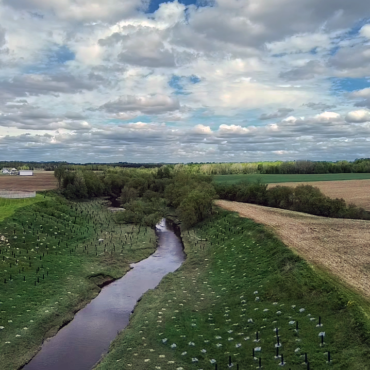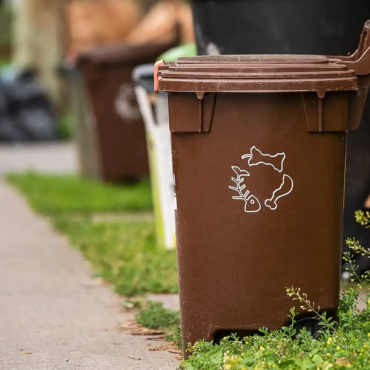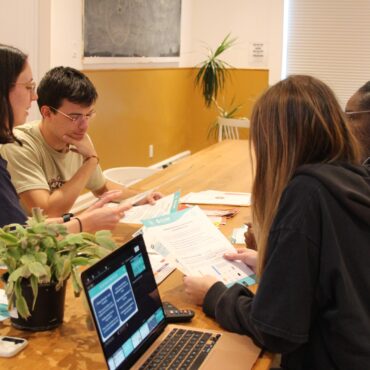Blog & News
Highlights

The term permaculture was coined in the 1970s by two Australians, Bill Mollison and David Holmgren, who theorized that permaculture is a way of farming that draws on our observations from nature to replicate its behaviours in our living environments and ensure sustainable and resilient practices. The two authors put forward 12 principles on which the concept of permaculture is based. One of the key principles is to produce zero waste (or as little as possible).
In this article, we’ll introduce you to 3 practices inspired by this philosophy that can easily be applied to your urban vegetable garden: using your table scraps to start your cuttings, recovering your seeds from the vegetables in your garden and making your own compost!
Start your vegetable garden anytime using your vegetable remains
You’ve passed on buying seedlings and now your neighbour’s vegetable garden is tempting you?
No problem, the solution is in your fridge! Do you remember those photos and videos on social media showing how you can grow vegetable scraps in bowls of water? Well, it’s now or never to try it and see if your lettuce will grow back from its core as easily as it looks in the time-lapse! If the mission is a success, you will be able to fill your balcony with these new cuttings to transplant (and reduce food waste by providing for yourself as you go!).
Some examples: Keep your basil, rosemary, mint, thyme or oregano stems in a glass of water that you will occasionally change and place it on a sunny windowsill. When the roots appear, you can replant the stems in soil! It’s very simple. For green onions, leave a few centimetres at the base and dip the roots in a bottom of water, leaving the top part out of the water. The onion sprouts back after only a few days!
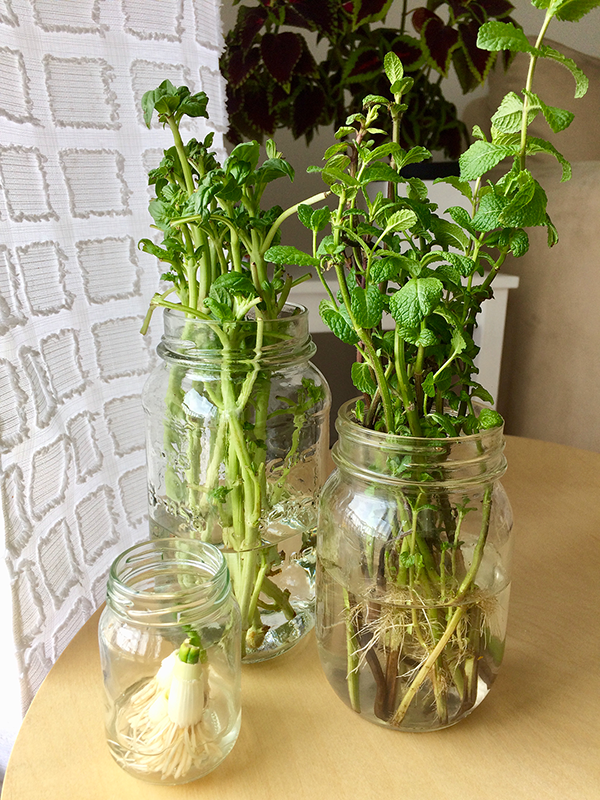
If you’re curious: this phenomenon is possible thanks to the principle of asexual propagation. This is for plants to reproduce without seeds. Instead, we start from a stem, tuber or other end of the plant to create regrowth. So it works for real!
Collecting your own seeds
At the end of their life, some of your herbs will turn to seed? Instead of buying new seeds every year, you just have to wait until the corks around the seeds become dry and open on their own, then harvest the seeds.
For your future fruit and vegetable seeds, harvest a ripe (organic!) fruit, open it up and then collect the seeds inside. To increase your chances of success, harvest the seeds in dry conditions, clean them and let them dry properly: there should be nothing left that could rot and damage your seeds! Tip: For tomatoes remember to soak the seeds for 2 to 3 days so that the gelatin protecting the seeds will loosen.
Finally, save your seeds in a paper envelope or an old seed packet, write down the date of harvest and the species, then store them for one or more years in a dry place, away from light and heat.
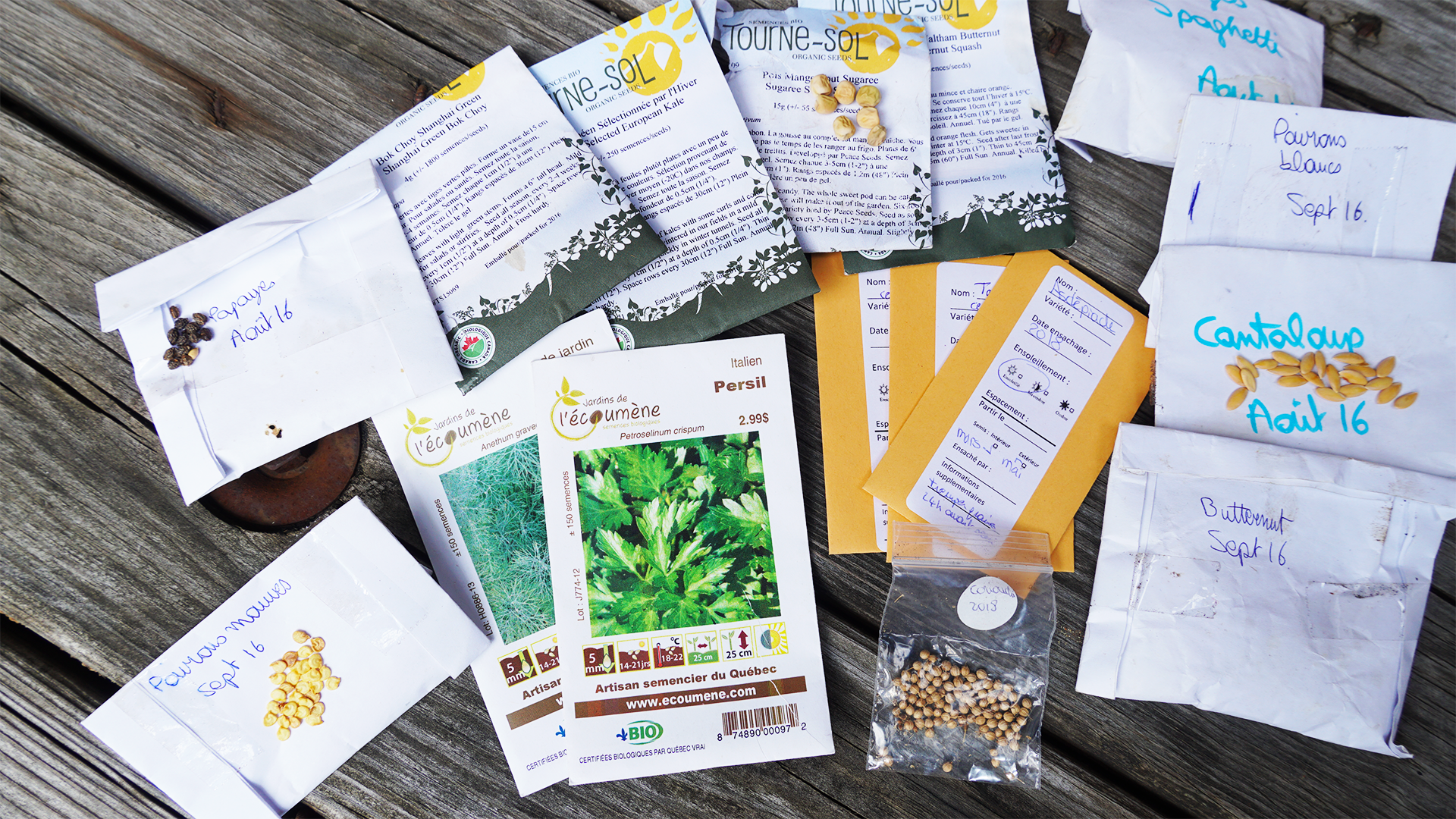
Feeding your plants with homemade fertilizer/compost
Chemical fertilizers are to be avoided in permaculture. However, your plants still require nutrients that are essential for their growth and fruit formation. Key nutrients include nitrogen, which develops the foliage, phosphorus, which allows the development of the roots and fruits, and potassium, which allows absorption of nutrients and helps them travel up the stem. Other nutrients are also essential in very small quantities: magnesium, calcium, iron and other trace elements.
To provide all this to your little protégés without investing in chemical fertilizers (which will inevitably wind-up collecting dust at home), you have a few options to consider. You can buy compost from food waste, chicken manure, bone meal (phosphorus) or blood meal (nitrogen). Or… if pests aren’t a problem in your home, you can try surface composting! It’s simply a matter of replicating what nature does, by depositing green waste directly on top of the soil. Wind, rain, sun and microfauna break it down, enriching the soil with humus and micro-organisms, and making it easier to work with. However, assuming your plants are outside, beware that green waste can also attract pests.
Another good tip is to use most of your cooking water (pasta, rice, eggs, vegetables…) to water your plants: just make sure it is not salty and let it cool down before adding it to your planters. Avoid this trick if your stewed vegetables are not organic to protect them from pesticides!
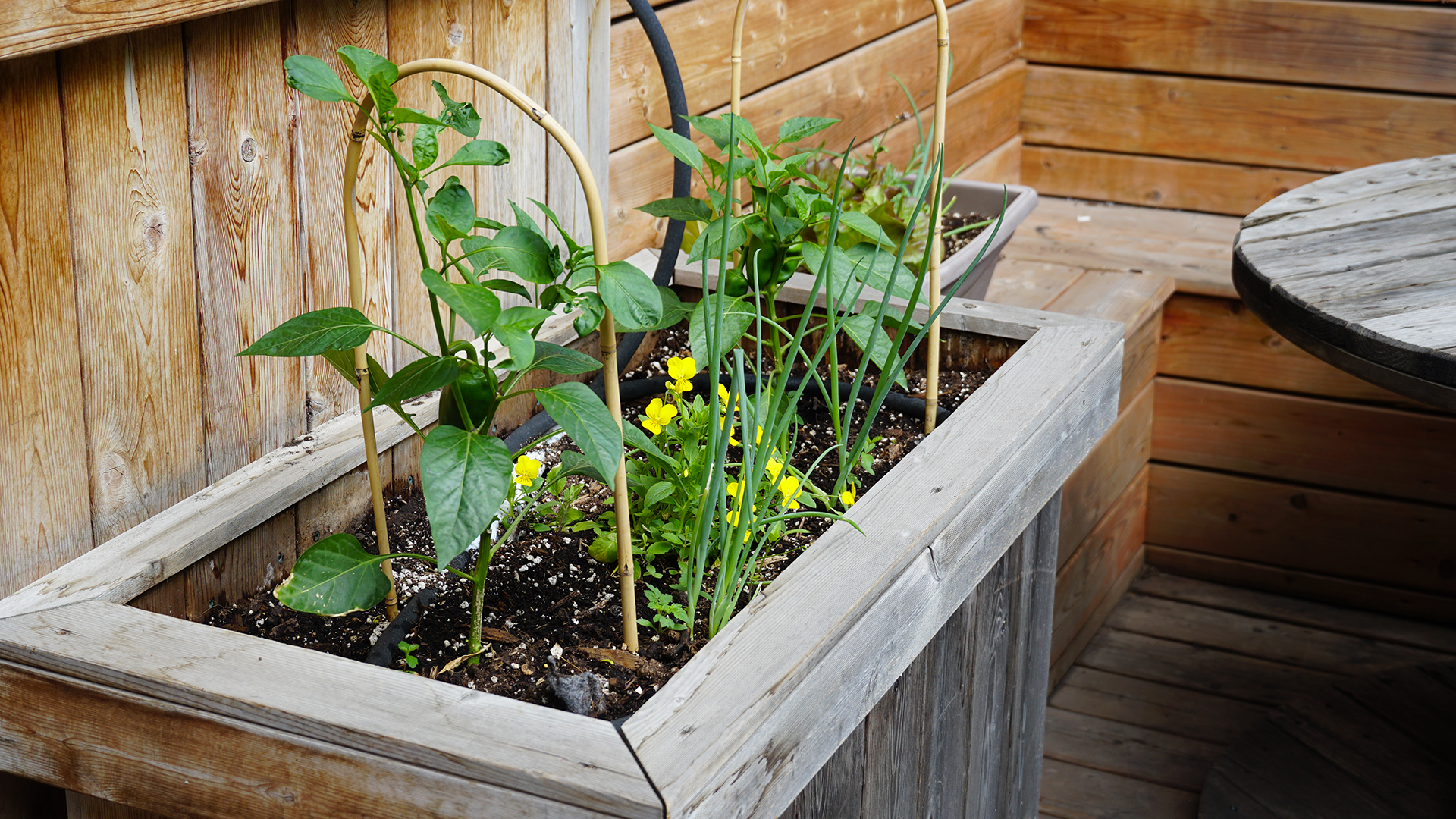
By using these ideas to optimize your vegetable garden, you will be able to create a real haven for yourself and for the pollinating bees! You don’t have to fill every inch of your balcony, a planter of fresh herbs is a good start. Happy gardening!

Advisor – Waste Management
Arthur Lamoine
It was upon returning from a university exchange in Chile that Arthur realized our notion of societal development needed to be rethought. Determined to act against climate change, he’d like to contribute to the transformation of our cities and build more resilient and sustainable communities. Passionate about permaculture and homemade food, he spends his free time landscaping his balcony and enjoying the outdoors by cycling. In love with the Quebec winter and a big fan of snow sports, you won't catch him indoors after that first snowfall!
View all posts...Related posts :
Contact us
Earth Day Canada
5818, boulevard Saint-Laurent
Montréal (Québec) H2T 1T3 Canada
Phone : (514) 728-0116
Toll free : 1 800 424-8758
Fax : (514) 303-0248
Email: hello@earthday.ca
2025 © Earth Day Canada. All rights reserved.
Privacy policy · Terms of use · Trademark
